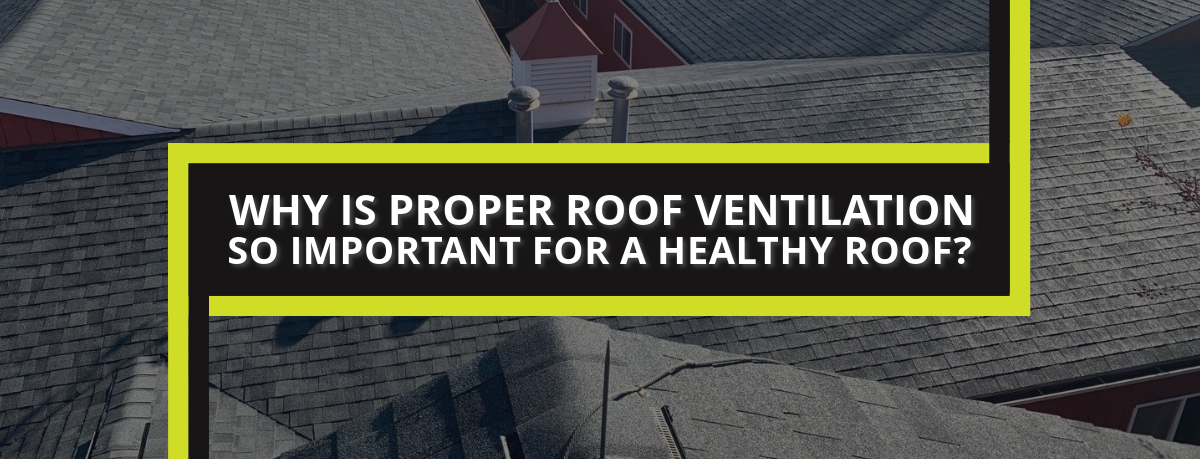Proper roof ventilation is critical for maintaining a healthy roof and preventing serious problems. Between temperature fluctuations, moisture buildup, and trapped hot air, roofs face numerous threats that can compromise their integrity and shorten their lifespan if ventilation is inadequate.
Ventilation mitigates these hazards by allowing airflow, releasing moisture, heat, and regulating temperature. In this article, we’ll explore why roof ventilation needs to be a top priority and how it impacts roof performance and longevity. From identifying issues like ice dams and mold growth to preventing premature roof failure, we’ll examine why proper ventilation should be designed for every roof. Taking steps to ensure adequate airflow in the attic and exit points for hot air can protect your roof’s health and function.
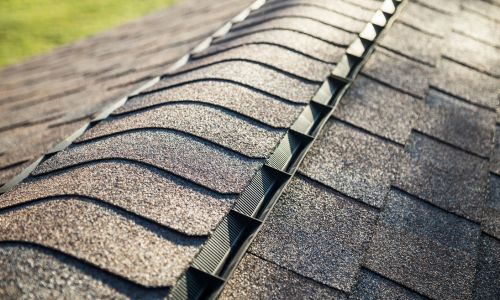
xr:d:DAFtw329pUA:27,j:2346777678751274563,t:23090813
Roof ventilation can become a year-round problem if not dealt with effectively. Each season brings its own set of challenges that we must address. Suppose those challenges are met with proper ventilation in place. In that case, it can significantly reduce the amount of energy (both physical and mental) that you’ll need to use to ensure a comfortable home. Involving an expert roofing contractor is the best course of action against ventilation problems.
Roof Ventilation: A Seasonal View
Autumn
Temperature Fluctuations
Getting air to move is one of the most cost-effective ways to cool your home. It’s also one of the most energy-efficient ways. Even without fans, proper ventilation can help air move throughout your attic and roof system. Because the molecules in the air always want to move from places of higher concentration (hot) to areas of lower concentration (cool), simple things like box vents, ridge vents and soffit vents can make a big difference in stabilizing the temperature fluctuations of your roof.
Spring
Moisture Buildup
The enemy of a healthy roof is moisture. If you have water building up anywhere in your roofing system, you’ll also begin to have problems with mold, mildew, rust and rot. If those things spread inside or underneath your roof, your entire system will be compromised. Vents help to keep air flowing so that moisture does not have a chance to build up and cause damage.
Mold
Stagnant air that has contributed to moisture buildup over a long period of time will often allow mold to grow. Mold inside your home contributes to poor air quality and a large amount of health problems. It will also cause the wooden components of your roof to begin to rot and deteriorate, shortening the life of your roof.
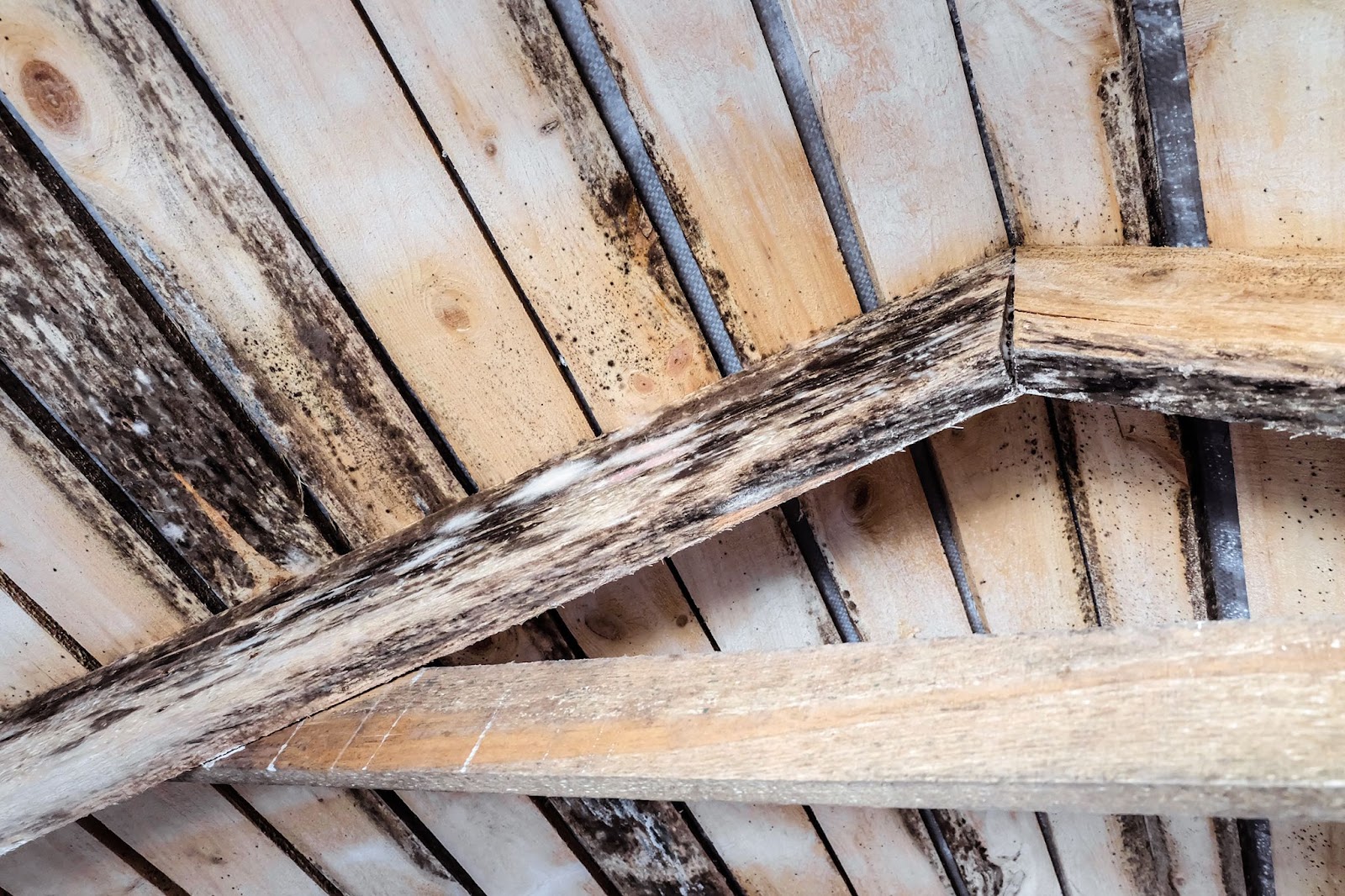
Summer
Trapped Hot Air
In summer months, hot air can be of genuine concern to homeowners. The sun beats down on the roof, and because that energy must be transferred somewhere, heat will be inevitably transferred into the attic. Once inside, vents are one of the main routes for escape. If your attic or roof lacks ventilation, that hot air will be trapped. Trapped hot air will cause your air conditioning system to work much harder to cool the air in your home.
Winter
Ice Dams
Homeowners often pay more attention to roof ventilation when noticing problems. Ice dams on the roof are one of the most common problems that we see in winter. This damming can be caused, in part, by poor ventilation. It can be a bit complicated, but your attic insulation and ventilation should be working together to keep your roof at about the same temperature as the outside air. If it is dramatically different, you will end up with ice dams.
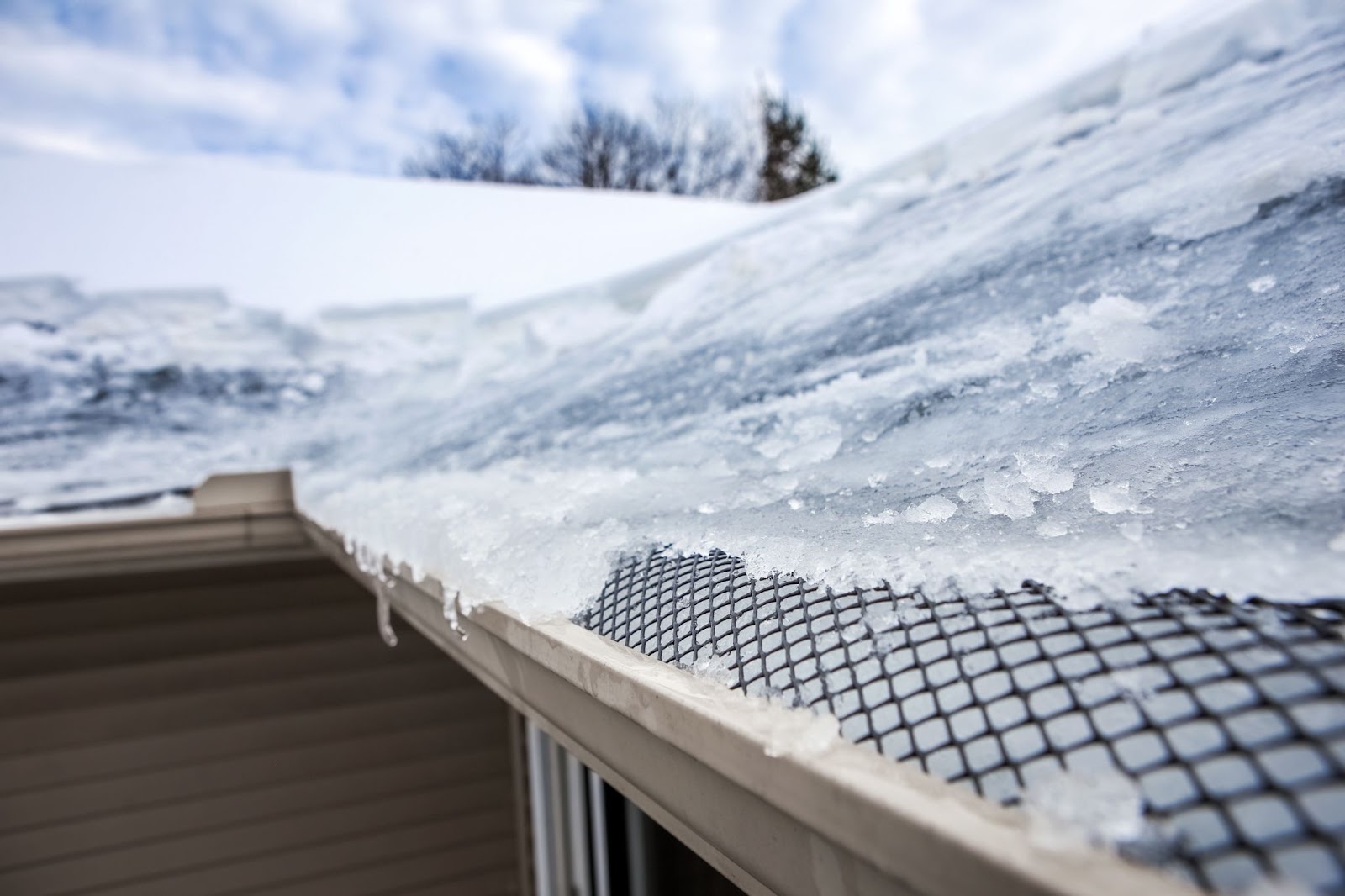
These dams are formed when too much heat can build up under the roof’s peak. That heat transfers out under the snow and begins to melt the snow. The melting snow then trickles down the roof, following the path of least resistance to the eaves. There is less heat at the roof’s eaves, so the melted snow re-freezes and causes ice to form near the edge. The ice that builds up there prevents any snow from falling off, even on a sunny day. If snow is allowed to build up for long periods, the snow load becomes unbearable for the roof, and a great deal of damage can occur.
As you can see, ventilation is a year-round concern. Without it, your roof suffers. With it, your roof thrives. It really is amazing how much of a difference something so simple can make to the longevity of your roof.
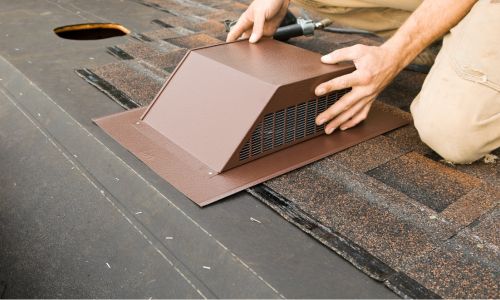
Who to Call
If you are in need of a roof replacement, please don’t hesitate to contact Rhino-Back Roofing. We have many years of experience in all areas of roofing. During the replacement process, we will be able to tell you what steps we can take to mitigate your ventilation problem and increase the lifespan of your roof. We are located in Simsbury, CT and serve areas across all of Connecticut and parts of western Massachusetts.

